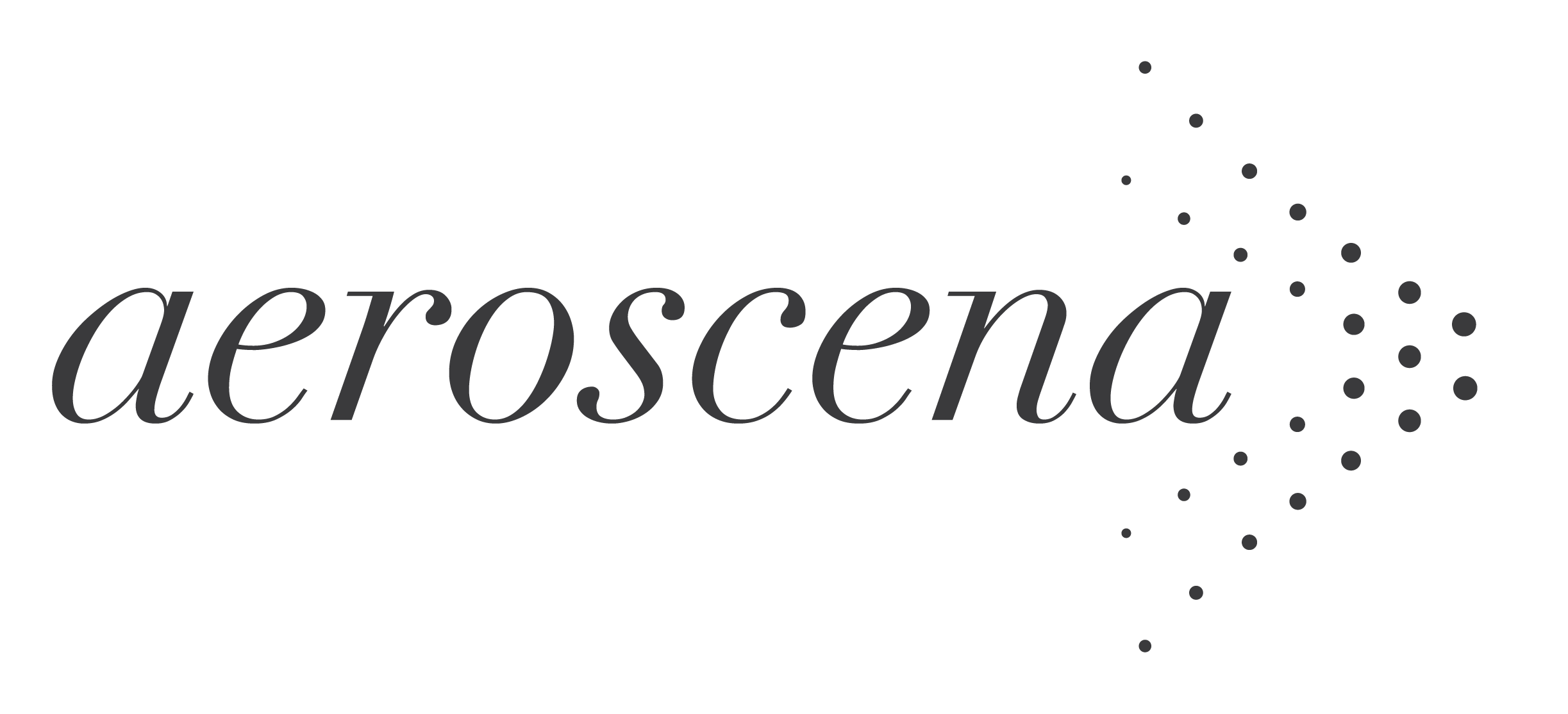Recent Developments in the Prevention of Chemotherapy-Induced Nausea and Vomiting (CINV): A Comprehensive Review
Ann Oncol. 2015 Jun;26(6):1081-90. doi: 10.1093/annonc/mdv138. Epub 2015 Mar 9.
Jordan K(1), Jahn F(2), Aapro M(3).
Author information:
(1)Department of Hematology and Oncology, Martin Luther University Halle-Wittenberg, Halle, Germany karin.jordan@uk-halle.de. (2)Department of Hematology and Oncology, Martin Luther University Halle-Wittenberg, Halle, Germany. (3)Clinique de Gentler, Multidisciplinary Oncology Institute, Gentler, Switzerland.
The prevention of chemotherapy-induced nausea and vomiting (CINV) has been revolutionized over the past 25 years. Guideline-based treatment means that vomiting can be prevented in the majority, but not in all patients. Therefore, antiemetic research continues with the goal of optimizing CINV control for all patients. This comprehensive review summarizes the research efforts in this field over the past few years.
Emerging from this research are two new antiemetic agents, netupitant/palonosetron, the first antiemetic combination agent and rolapitant, a new NK1RA. In addition, studies have evaluated the benefits of olanzapine and ginger, explored optimal combinations of agents for delayed CINV prevention, confirmed that dexamethasone-sparing regimens are effective, and demonstrated the value of NK1RAs in high-dose chemotherapy settings as well as with certain moderately emetogenic chemotherapies such as carboplatin. Research has also validated the correlation between antiemetic guideline adherence and improved CINV control. Finally, regulatory authorities have utilized extreme caution in retiring some 5 HT3RAs or decreasing their maximum dose.
© The Author 2015. Published by Oxford University Press on behalf of the European Society for Medical Oncology. All rights reserved. For permissions, please email: journals.permissions@oup.com.
PMID: 25755107 [PubMed - in process]

